The story that follows was gleaned from a biogragical portrait of Bad Axe and the Huron County Poor Farm published about 1900. While edited for content, it contains the language common of that point in time.
Bad Axe, Michigan, the Thumb’s Best Town
The subject of “Poor Houses” is a challenging but fascinating bit of Michigan history. In order to address poverty in Michigan, an 1830 law directed each county to build a poor house. The typical county acquired land and hired a local person with a farming background. The couple would live at the Poor House and provide the residents referred to as “inmates” in the official reports.
Many Poor farms or houses were established in Michigan the mid to late 1800s. Compared to England’s poor houses famously portrayed in Charles Dicken’s play Oliver Twist they were modern and comfortable. However, most of the residents who lived in poor houses could not work, or if they could, they were minimally productive. Income from crops raised at many institutions helped defray costs, but it seldom covered all expenses.
The Poor House served an incredibly diverse group: the insane, alcoholic, feeble, indolent, senile, developmentally disabled, handicapped, injured, sick, and transient. Their standard label was that they were poor and likely elderly and alone. Some stayed for a short time, but others remained until they died and were buried in an unmarked pulper grave.
The Huron County Farm
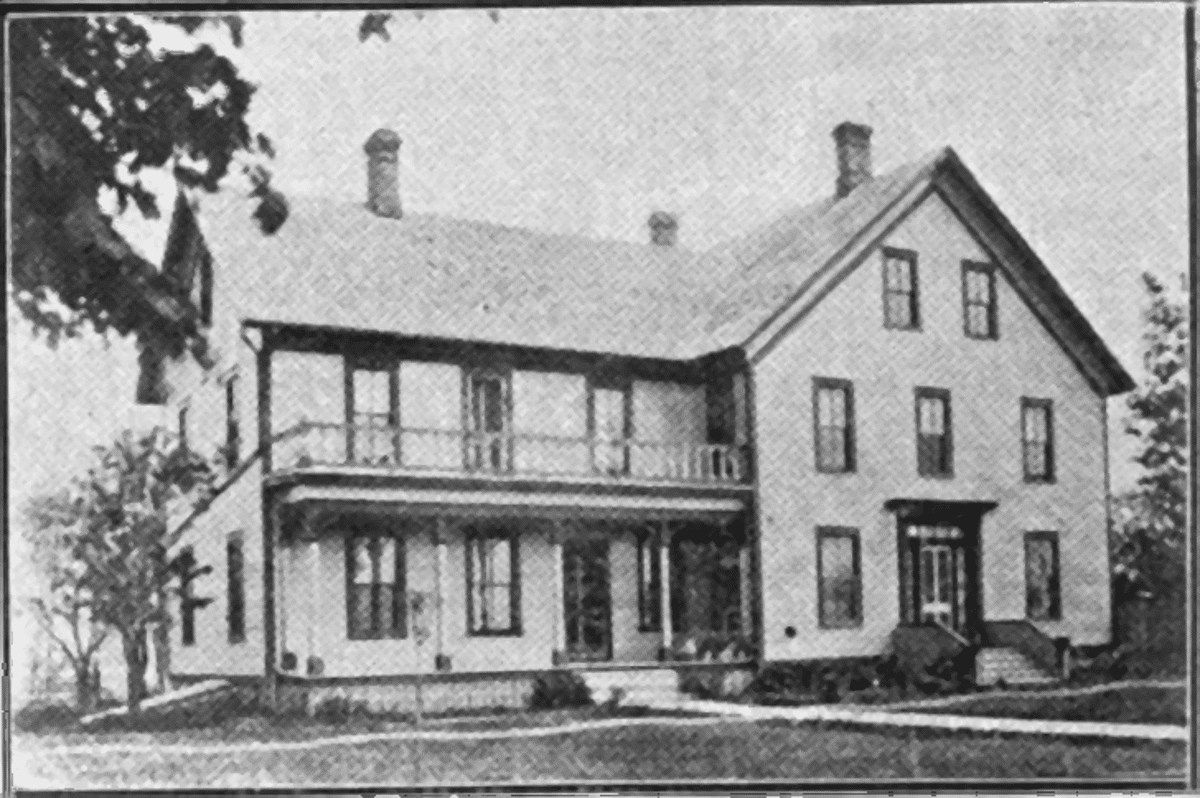
In 1875 the Board of Supervisors purchased 200 acres of land about one mile west of the village to be used as a county farm to support the aged decrepit poor. The site was all wild and untouched land. The land was cleared, and in 1877 a fine two-story house was built. It had 25 rooms. Each was well furnished, ventilated, and heated with stoves. The entire project cost about $4,000. Miraculously, the large wooden house escaped the Great Fire of 1881.
In 1884 William Story was appointed Superintendent holding the office for seven years. He was succeeded by John M. Cary, who remained for four years. The present Superintendent, Samuel Geiger, was appointed in February 1896. He is a native of Hay, Huron Co., Ontario, and has made a most efficient and excellent Superintendent. The last 20 acres of the farm were cleared last year, and the whole 200 acres are now under cultivation. During Mr. Geiger’s tenure, an ice house and windmill supplying water to the house and barn have been added, and about two miles of Paige wire fence has been built.
The Poor Farm’s Operations
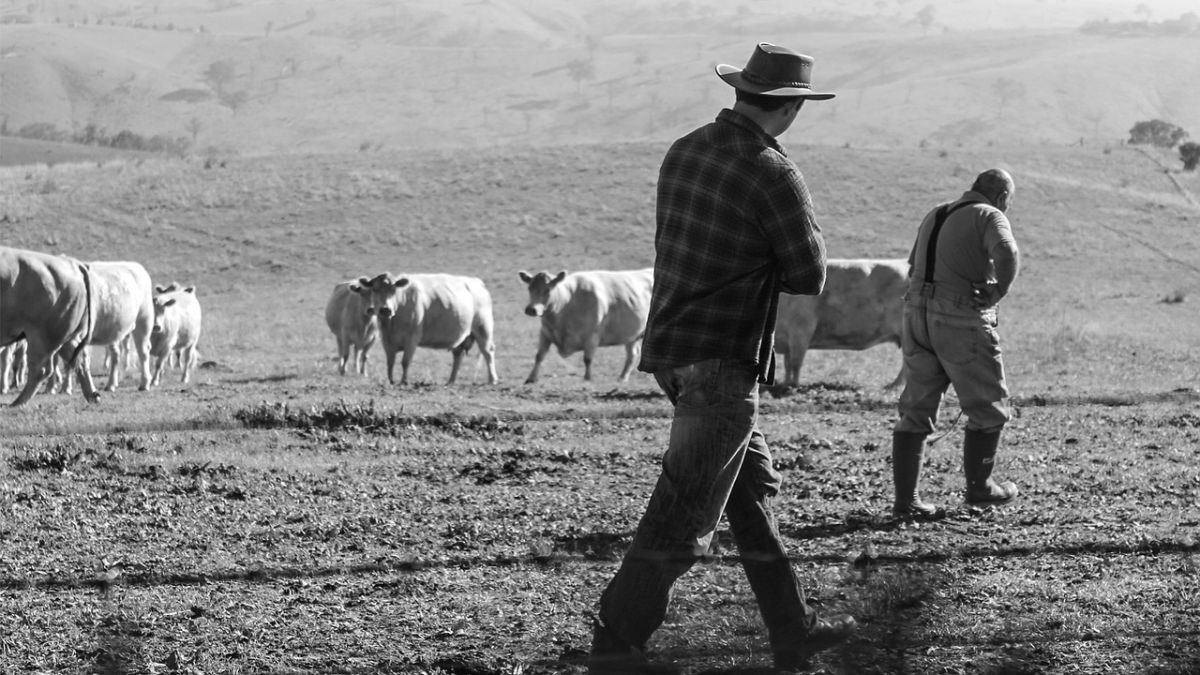
The number of inmates runs from 14 to 25 a year, and the cost for maintenance is $1.85 per person per week, but as most of the food consumed is raised on the farm, the direct cost is negligible. The only things purchased are groceries, fuel, and clothing; most of this is paid for by produce sold from the farm. Except for one man and a boy in summer, the inmates perform all the labor. The institution is controlled by the County Hoard of Superintendents of the Poor, consisting of Francis Thompson, Michael Hanselmann, and Septimus Irwin.
The successful conduct of an institution of this kind is a task of no small magnitude, and Mr. Geiger is to be congratulated upon bringing the County Farm to such a state of cultivation. Whatever farm products he may have to sell each year always gets; the highest market price, and the dairy ranks with the best in a county noted for its good cattle and high-grade butter.
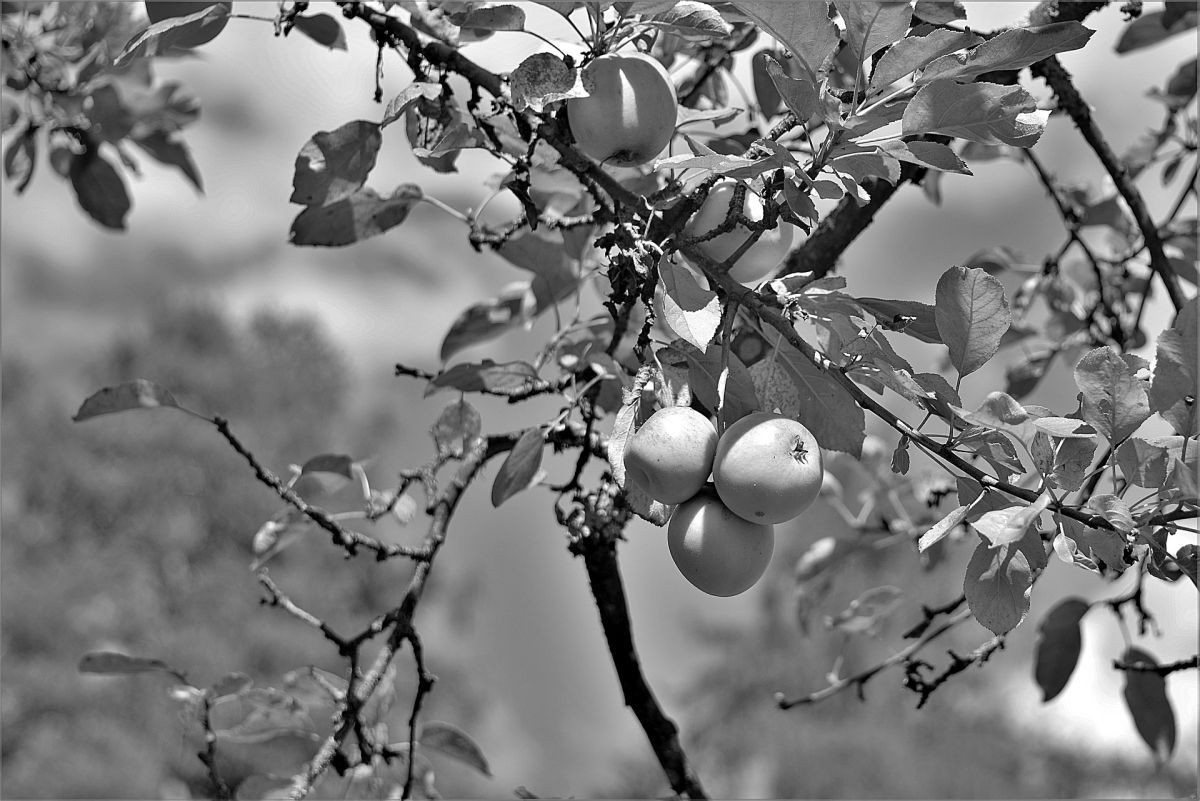
Just east of the farm building is a large orchard that usually produces a flue grade of fruit, and the County Farm apples are a notable commodity among Bad Axe merchants.
Unfortunate as is a lot of those compelled to spend the evening of life at the home of this kind, Huron County comfortably provides for its poor.”
Care of the Aged, A sustainable Poor Farm
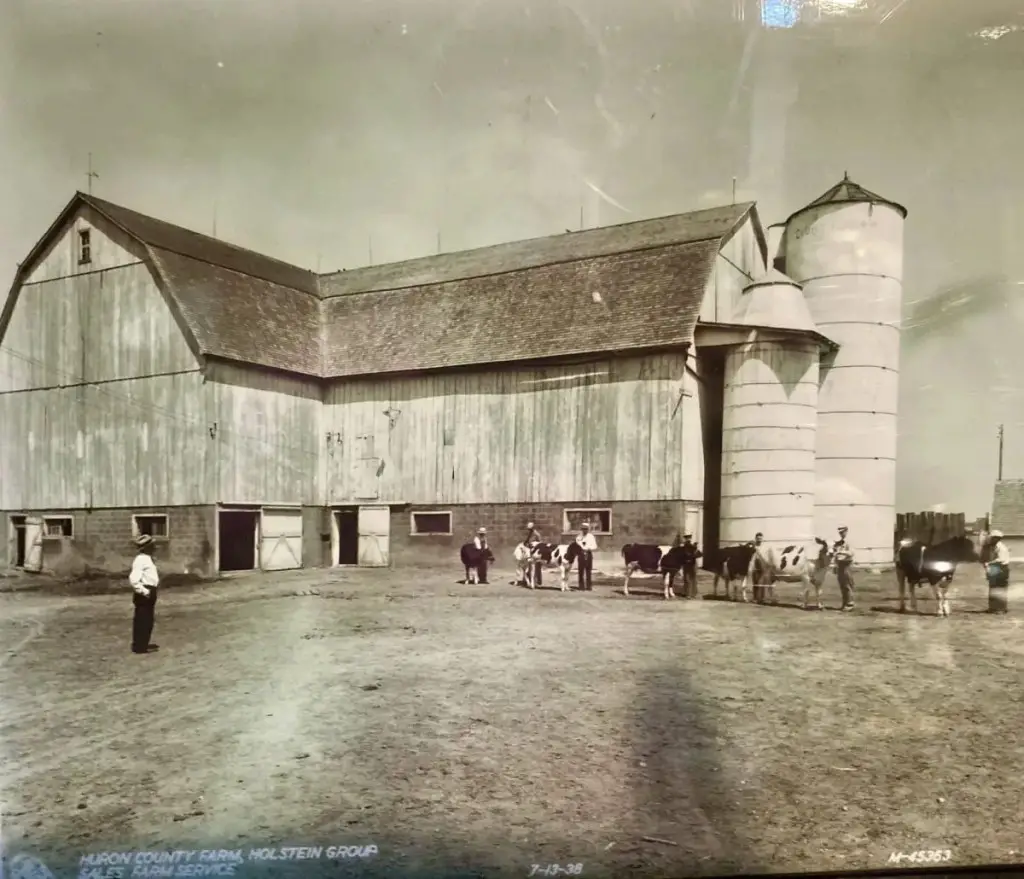
Elderly inmates who were in good health lived and worked on the farm. The dairy herd was considered one of the top herds in the state. The dairy herd won many awards at area fairs. The farm was well stocked with cattle, hogs, and horses. Raising crops such as hay, wheat, corn, and oats provided feed for the animals. Wheat was also grown for additional income.
The End of the Poor Farms and Houses
The end of most for the Poor Farm operations occurred when Social Security was enacted in 1935. Many of the functions became housing for acute health issues such as tuberculosis or mental illness. The Huron County Poor Farm was used for 60 years. In 1937 it was replaced by the first unit of the Huron Medical Care Facility.

The farm continued operations until 1957. Then in March, all livestock and farm equipment was sold at a public auction. The sale liquidated 40 head of cattle and a complete line of farm equipment and resulted in $11,114 for Huron County.
Michigan History For Kids From Amazon
Related Reading
- The Northern Michigan Jewish Colony of Palestine
- Kinde Michigan – Our Beantown
- Thumb Airspace Could See Low Altitude Combat Training
- A Castle and Michigan Indian Gold in the Thumb
- The Horrid History of 3 Indian Boarding Schools in Michigan

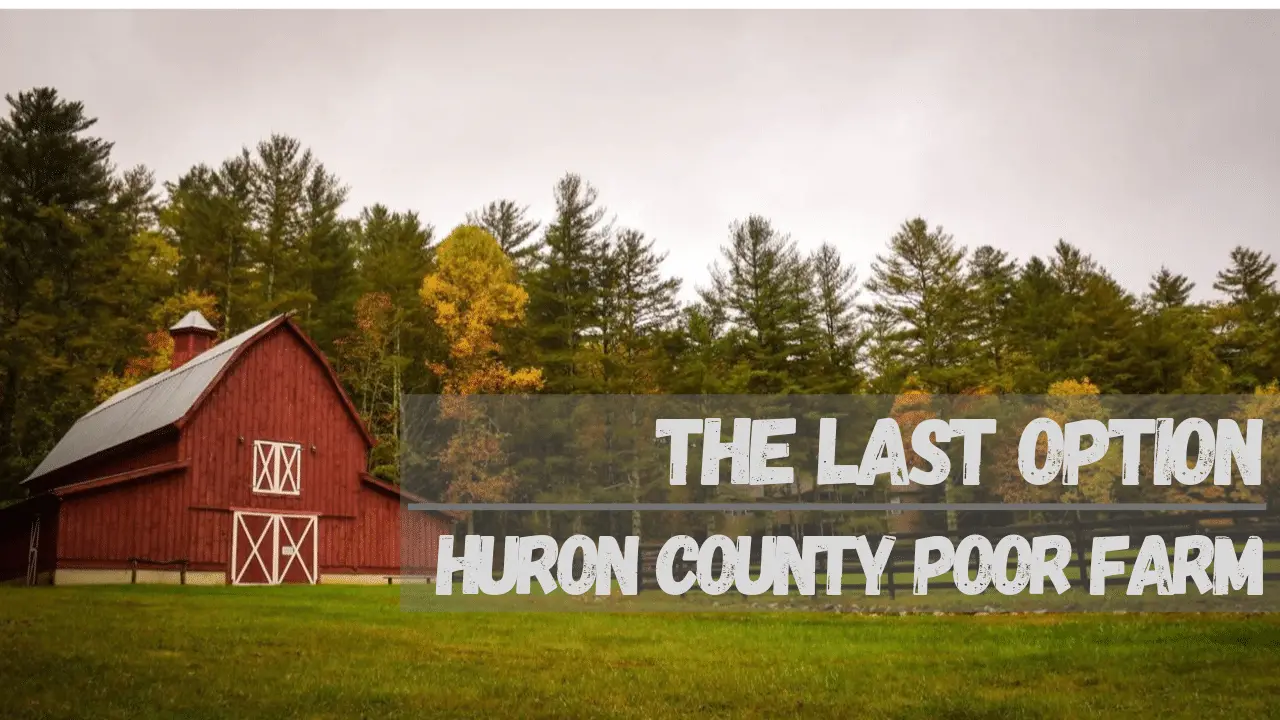


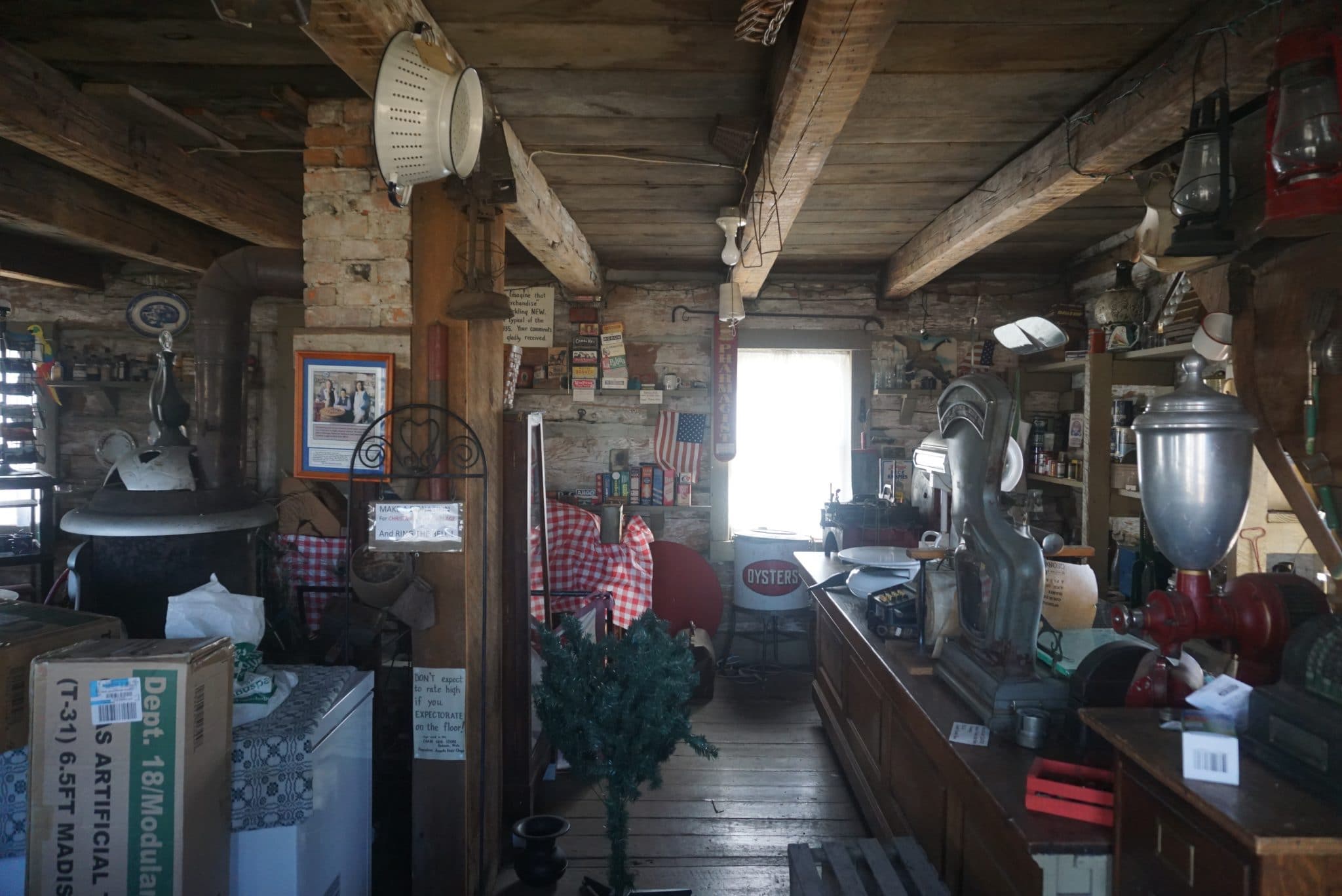

“. . . buried in an unmarked pulpers grave?”